The Science Life
-
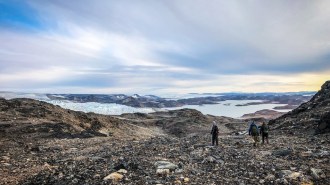 Earth
EarthDebate over signs of early life inspires dueling teams to go to Greenland — together
The remote site — which may or may not contain evidence of the most ancient life on Earth — could help scientists plan how to study such signs on Mars.
-
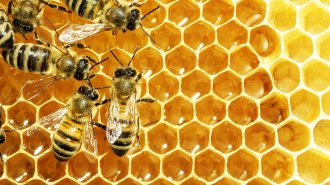 Animals
AnimalsA biochemist’s extraction of data from honey honors her beekeeper father
Tests of proteins in honey could one day be used to figure out what bees are pollinating and which pathogens they carry.
-
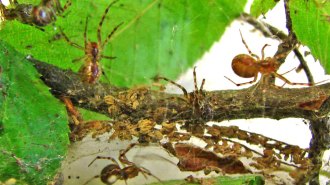 Animals
AnimalsWhy one biologist chases hurricanes to study spider evolution
For more rigorous spider data, Jonathan Pruitt rushes into the paths of hurricanes.
By Susan Milius -
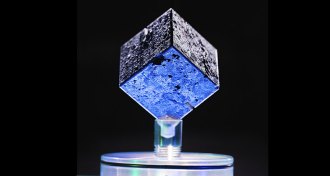 Physics
PhysicsHow scientists traced a uranium cube to Nazi Germany’s nuclear reactor program
New research suggests that the Nazis had enough uranium to make a working nuclear reactor.
-
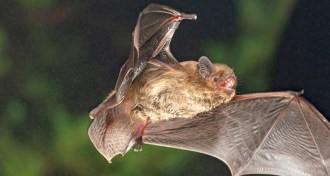 Animals
AnimalsA scientist used chalk in a box to show that bats use sunsets to migrate
A new device for investigating bat migration suggests that the flying mammals orient themselves by the setting sun.
By Yao-Hua Law -
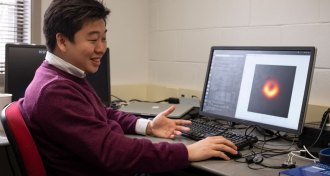 Astronomy
AstronomyMeet one of the first scientists to see the historic black hole image
Kazunori Akiyama was one of the first scientists to see the black hole snapshot.
-
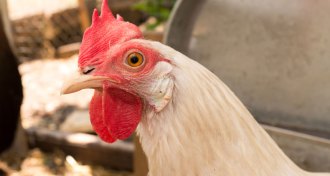 Health & Medicine
Health & MedicineChickens stand sentinel against mosquito-borne disease in Florida
To learn where mosquitoes are transmitting certain viruses, Florida officials deploy chickens and test them for antibodies to the pathogens.
-
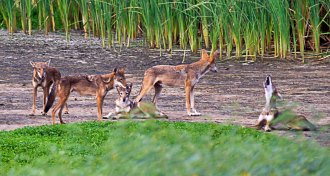 Genetics
GeneticsDNA from extinct red wolves lives on in some mysterious Texas coyotes
Mystery canids on Texas’ Galveston Island carry red wolf DNA, thought to be extinct in the wild for 40 years.
-
 Anthropology
AnthropologyWhy modern javelin throwers hurled Neandertal spears at hay bales
A sporting event with replica weapons suggests that Neandertals’ spears may have been made for throwing, not just stabbing.
By Bruce Bower -
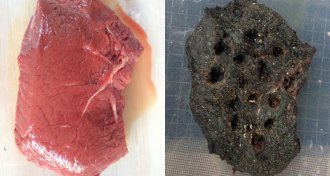 Anthropology
AnthropologyThis scientist watches meat rot to decipher the Neandertal diet
This scientist is studying how meat changes as it rots to figure out what Neandertals might have eaten.
-
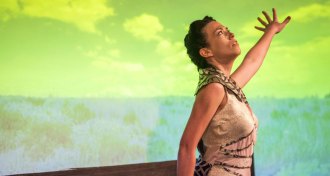 Animals
AnimalsHow locust ecology inspired an opera
When an entomologist decides to write a libretto, you get an operatic elegy to locusts.
By Susan Milius -
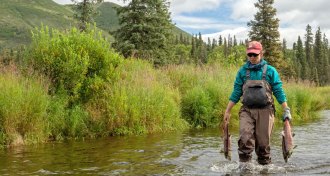 Ecosystems
EcosystemsHow researchers flinging salmon inadvertently spurred tree growth
Scientists studying salmon in Alaska flung dead fish into the forest. After 20 years, the nutrients from those carcasses sped up tree growth.